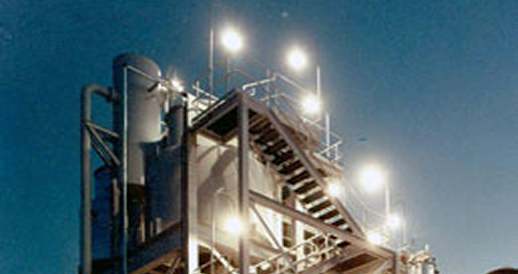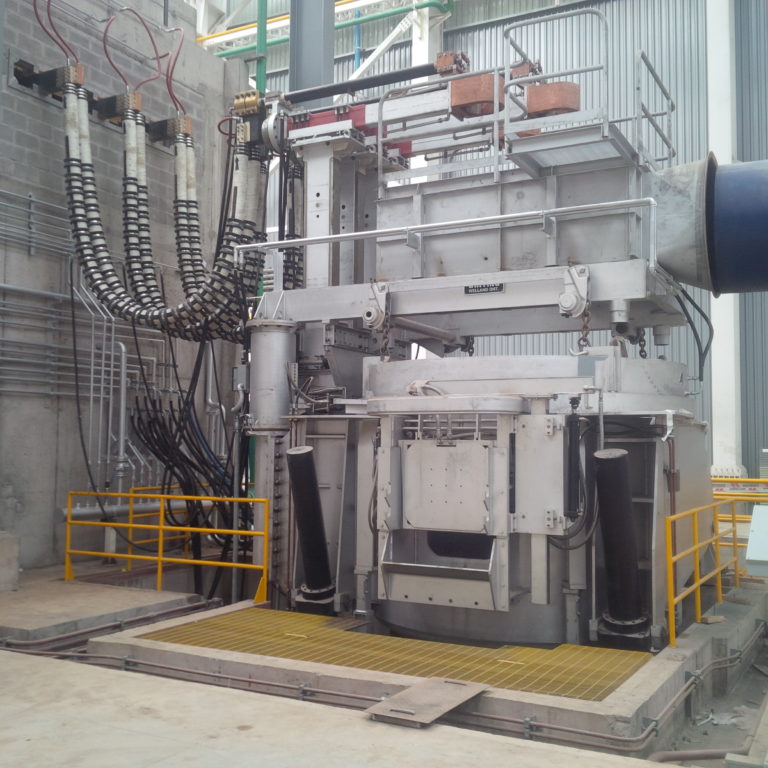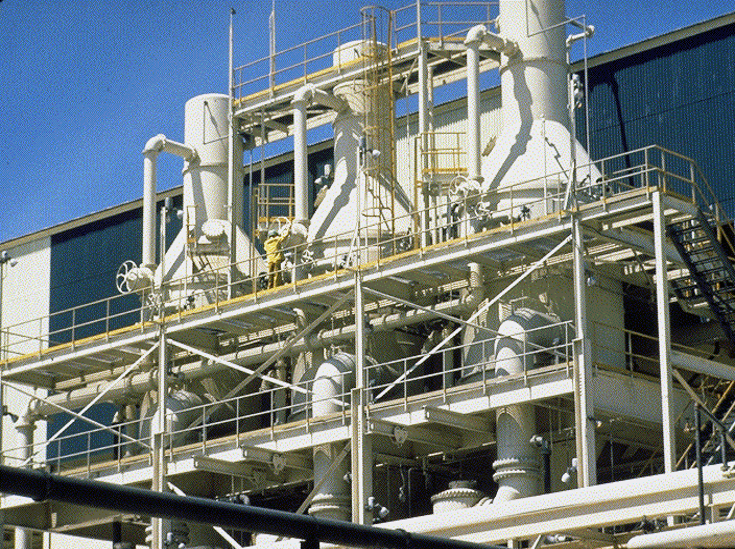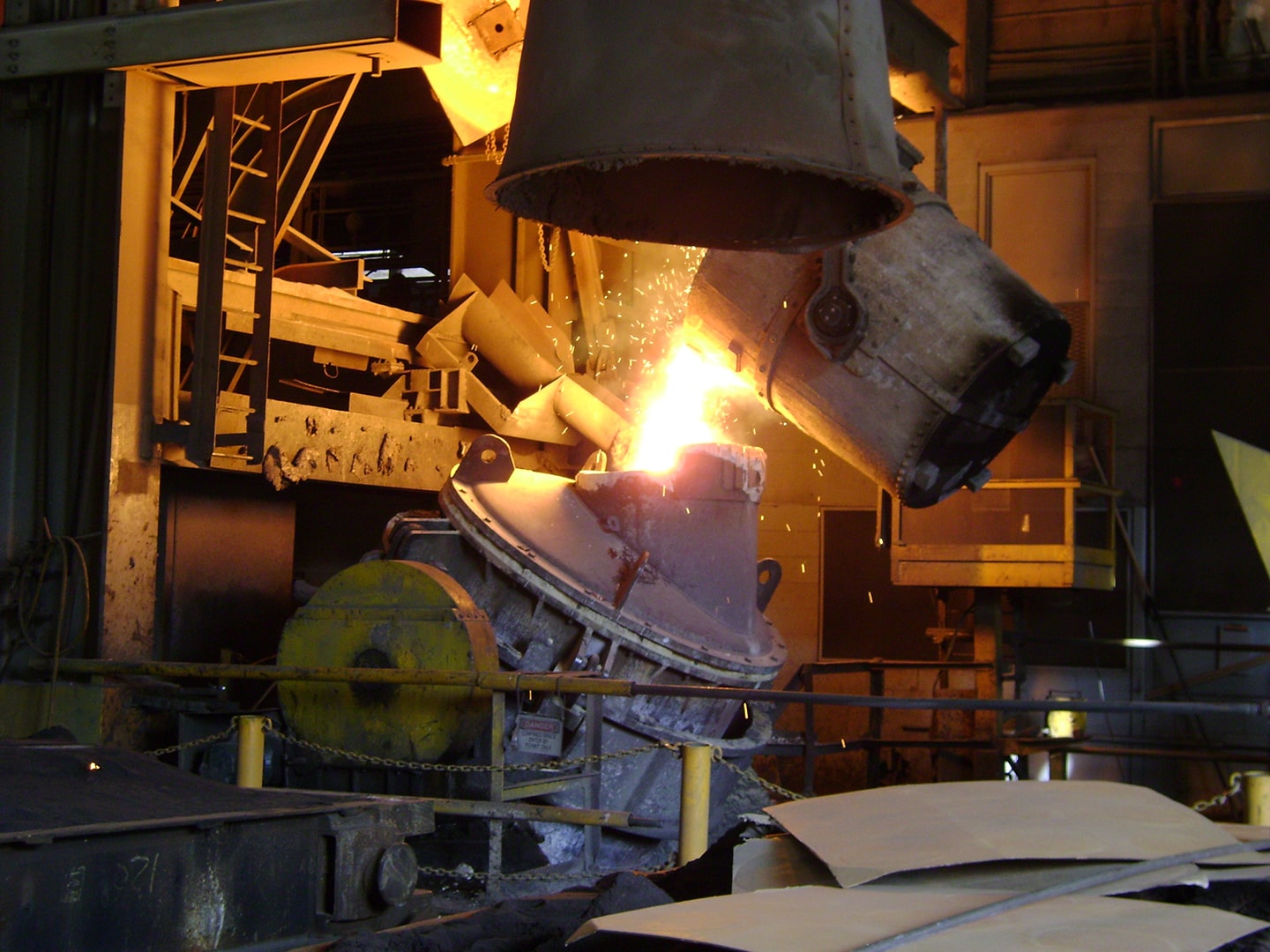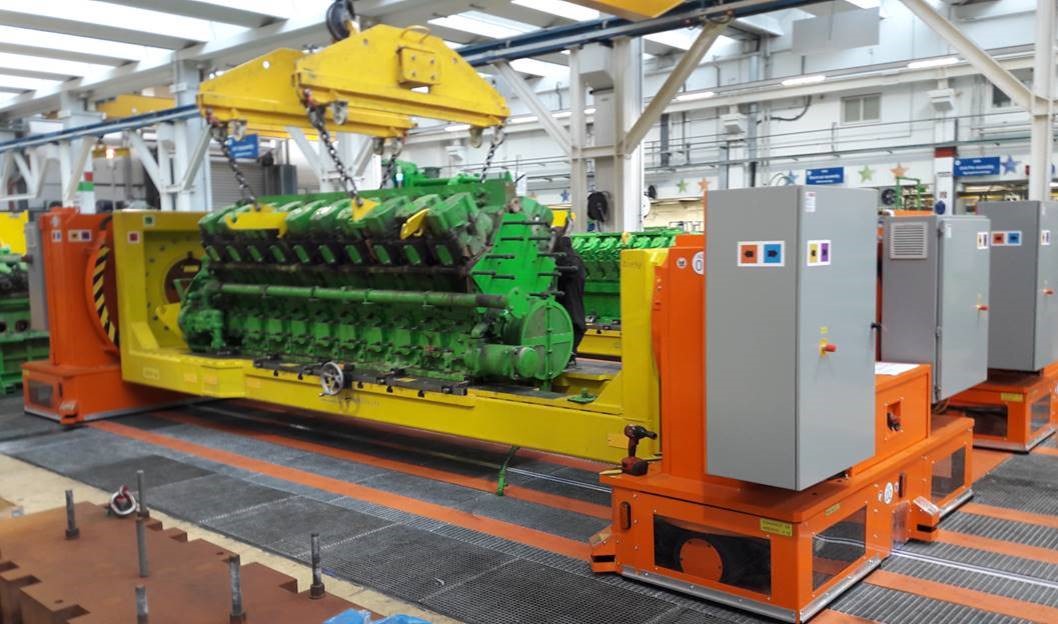Introduction
In any electric arc furnace (EAF), productivity hinges on electrode performance. Operators know that uncontrolled arcs don’t just waste energy—they destroy electrodes, damage refractories, and extend tap-to-tap cycles. The difference between a furnace that consistently meets production targets and one that often lags comes down to one system: EAF electrode regulation.
When tuned correctly, regulation shortens power-on time, improves arc stability, and lowers energy consumption. When neglected, it adds unnecessary costs, introduces instability, and compromises safety. This article examines the importance of electrode regulation, the operation of different control modes, practical tuning steps for operators, and when it is advisable to invest in digital upgrades.
Why Electrode Control Matters
The electrodes are the business end of the furnace. Every instability—whether an arc outage or uncontrolled surge—translates directly into higher energy consumption and slower cycle times.
- Tap-to-tap efficiency: Stable electrodes mean more predictable melting and faster power-on.
- Energy performance: Small improvements in control can reduce kWh/t by 5–10%, a significant saving in high-energy markets.
- Consumables: Electrode breakages are expensive, and refractory wear accelerates when arcs strike unevenly.
In short, optimizing EAF electrode regulation is one of the fastest ways to improve ROI in an existing furnace.
Control Modes: Impedance vs Current vs Power
Most electrode regulation systems rely on one of three modes of operation. Understanding their strengths and limitations helps operators decide when and how to apply each.
- Impedance control: Maintains a balance between voltage and current, effectively stabilizing arc length. It is the most widely used method in scrap-heavy operations because it adapts well to varying charge conditions.
- Current control: Focuses on limiting peak currents to protect electrodes from breakage. It reduces stress but can sacrifice energy efficiency if overused.
- Power control: Targets consistent energy input. This requires more sophisticated systems but allows for finer tuning during the refining stages.
Advanced digital platforms often combine these modes, dynamically adjusting based on arc conditions to achieve better performance than any single method alone.
Practical Tuning: Steps & Setpoints
Even the best regulation system underperforms if it isn’t properly tuned. Operators should follow structured tuning processes:
- Startup checks: Confirm electrode lift systems, sensors, and power circuits are functioning correctly.
- Initial setpoints: Establish arc length, current, and impedance targets based on furnace size and charge composition.
- Charge phase adjustments: Scrap melting requires more aggressive setpoints to stabilize arcs, while refining phases benefit from smoother control to protect refractories.
- Signal calibration: Noise in current and voltage signals must be filtered to avoid false feedback.
Common mistakes include setting impedance ratios too aggressively, ignoring refractory wear patterns, or failing to recalibrate after significant changes in scrap or DRI mix.
Diagnosing Common Faults
Symptoms of poor EAF electrode regulation are easy to spot once you know what to look for:
- Frequent electrode breakages: Often caused by unstable arc conditions or poorly tuned current limits.
- Arc instabilities: If the system struggles to maintain stable arcs, the likely cause is improper impedance tuning or signal noise.
- Excess refractory wear: Indicates that arcs are striking unevenly against furnace walls due to misaligned control setpoints.
Diagnosis should start with a review of signal quality. Analog systems are particularly vulnerable to electrical noise, while digital regulation platforms can filter and stabilize inputs more effectively.
KPIs & Payback
To prove the business case for regulation improvements, operators should monitor clear Key Performance Indicators (KPIs):
- Power-on time (minutes/heat): Shorter times equal higher throughput.
- Energy consumption (kWh/t): Reductions here translate directly into cost savings.
- Electrode consumption (kg/t): Lower usage saves money and reduces downtime.
- Tap-to-tap cycle time: The ultimate measure of furnace productivity.
The ROI potential is significant. A 5 kWh/t reduction in energy use equates to hundreds of thousands of dollars in annual savings for a mid-sized operation. When combined with lower electrode costs, the payback period for tuning or system upgrades is often less than two years.
When to Upgrade to Digital Regulation
While careful tuning can extract more life from older systems, there comes a point where the limitations of analog controls outweigh the savings.
Signs that it’s time to upgrade:
- Persistent instability even after thorough tuning.
- Rising electrode and refractory costs despite consistent operating practices.
- Difficulty integrating regulation data with higher-level automation systems.
Advantages of digital regulation:
- Signal filtering: Advanced algorithms eliminate noise and stabilize readings.
- Predictive control: Systems anticipate arc instability before it occurs.
- Integration: Digital platforms link directly with Level 2 and Level 3 automation for real-time KPI tracking.
Competitors like AMI, Pri metals, and Danieli promote high-level automation solutions, but the real differentiator for steelmakers is measurable ROI. Whiting’s approach emphasizes practical tuning steps, transparent KPIs, and costed payback models so operators see clear financial justification for upgrades.
Conclusion
Electrodes may be consumables, but how they are controlled determines the overall economics of an EAF. Properly tuned systems deliver shorter power-on times, lower energy consumption, and more stable operation—all without increasing arc risk.
For steelmakers seeking fast ROI, EAF electrode regulation is often the first and best place to focus. Whether your plant needs tuning support, diagnostic services, or a complete digital upgrade, Whiting provides the expertise and tools to maximize furnace efficiency and reduce costs.
Contact us to discuss practical strategies for tuning your electrode regulation system and unlocking measurable performance gains in your melt shop.

